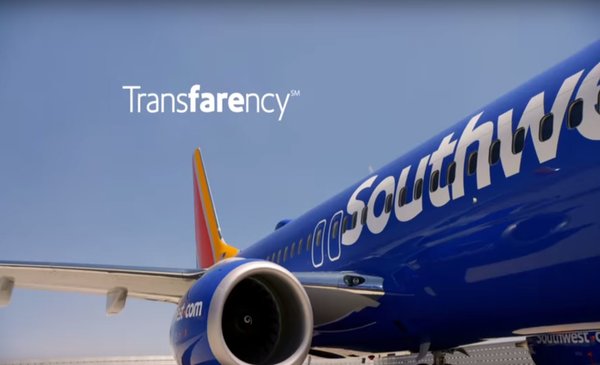
Several weeks ago on Branding Strategy Insider, we discussed an emerging trend called frictionless retail. And while retail brands have unique challenges to solve as they move into the future, all brands can apply the idea of frictionless to some, if not many components of their brand experience.
Business is the common denominator that unites brands. And at the center of business is customer transactions – without customers, there is no business, there is no brand. Radiating outward from the transaction is a multitude of interactions and touchpoints required to sustain transactions and nurture existing customers. But every touchpoint created by a brand requires a commitment of time and attention from customers they would have likely spent elsewhere.
Most friction slows customers down, and makes it more difficult or time-consuming to get what they want, which in turns decreases motivation. If a website asks visitors to register for a webinar and requires a customer to fill out 20 form fields of information to attend, they will not likely get many registrations. But if they only require 4 fields, they reduce friction. When Disney introduced its wearable Magic Kingdom wristband, it lowered friction around the hassle of hotel keys, park tickets, and payment systems.
Airlines are a great example of an industry that typically has high friction. Consumers wonder things like “Why is it so hard to change a flight?”. Their expectation has been set by the modern world of frictionless everything: Uber, InstaCart, AirBnB, Hotel Tonight. They don’t understand that older, complex airline information systems aren’t as flexible as the born-in-the-cloud apps they use on their mobile devices.
Southwest Airlines has done particularly well in minimizing common industry friction points (like checked bag fees or simplified reservation changes they call “TransFAREncy”). These actions allow the brand to almost empathize with customer frustrations. When they unveiled their new “Heart” brand in 2014, Southwest CMO Kevin Krone said, “The heart is our identity—the Heart of our Southwest employees enhances the customer experience. It’s the finishing touch that makes the Southwest brand unique, demonstrating that Southwest cares about each customer.” Instead of pursuing incremental transactions with customers, they went for a more passionate pivot, and showed their customers the love.
In his new book, Friction, Jeff Rosenblum says, “Passion brands actively remove friction from customers’ lives. Fighting friction eliminates the obstacles that prevent customers from doing what they want to do. Removing friction empowers customers and improves their lives one small step at a time.” Today every marketer should seek to eliminate the friction weakening their offer and value. Here are four ways you can help make that a reality for your brand.
1. Create An Experience Map: To orchestrate touchpoints over time and space, you must first know where the touch points are and what is happening to the customer when they are there. Because an experience map is a catalyst for other planning activities, this exercise will help brands understand what friction is necessary.
2. Automate What You Can: Tom Goodwin once remarked it would be great for hotels to scrap the idea of the front desk and move check-in, registration and security to guests’ mobile devices. We may still be decades away from automation at that level, but that’s the right idea. Think about anything and everything your customer must do to interact with the brand, and find ways to automate the work required. Mobile apps should always find ways to access help or support from within the app, and the call center should have information about the customer before they say hello.
3. Get Predictive: Mining available data and using statistical analysis to make predictions allows the brand to be more anticipatory. It also shows good data stewardship on the part of the brand by taking the time to identify personally relevant patterns and trends.
4. Learn By Social: Social listening can help brands identify customer frustrations and points of friction. It can also create meaningful dialogue with customers who may offer their take on how the brand experience can be proved.
Don’t Let The Future Leave Your Brand Behind. Join Us At The Un-Conference – Marketing’s Only Problem Solving Event. May 1st – 3rd, 2017 West Hollywood, California
The Blake Project Can Help: Accelerate Brand Growth Through Powerful Emotional Connections
Branding Strategy Insider is a service of The Blake Project: A strategic brand consultancy specializing in Brand Research, Brand Strategy, Brand Licensing and Brand Education
FREE Publications And Resources For Marketers











